HOW DOES STORE LAYOUT DESIGN INFLUENCE SHOPPER DECISIONS?
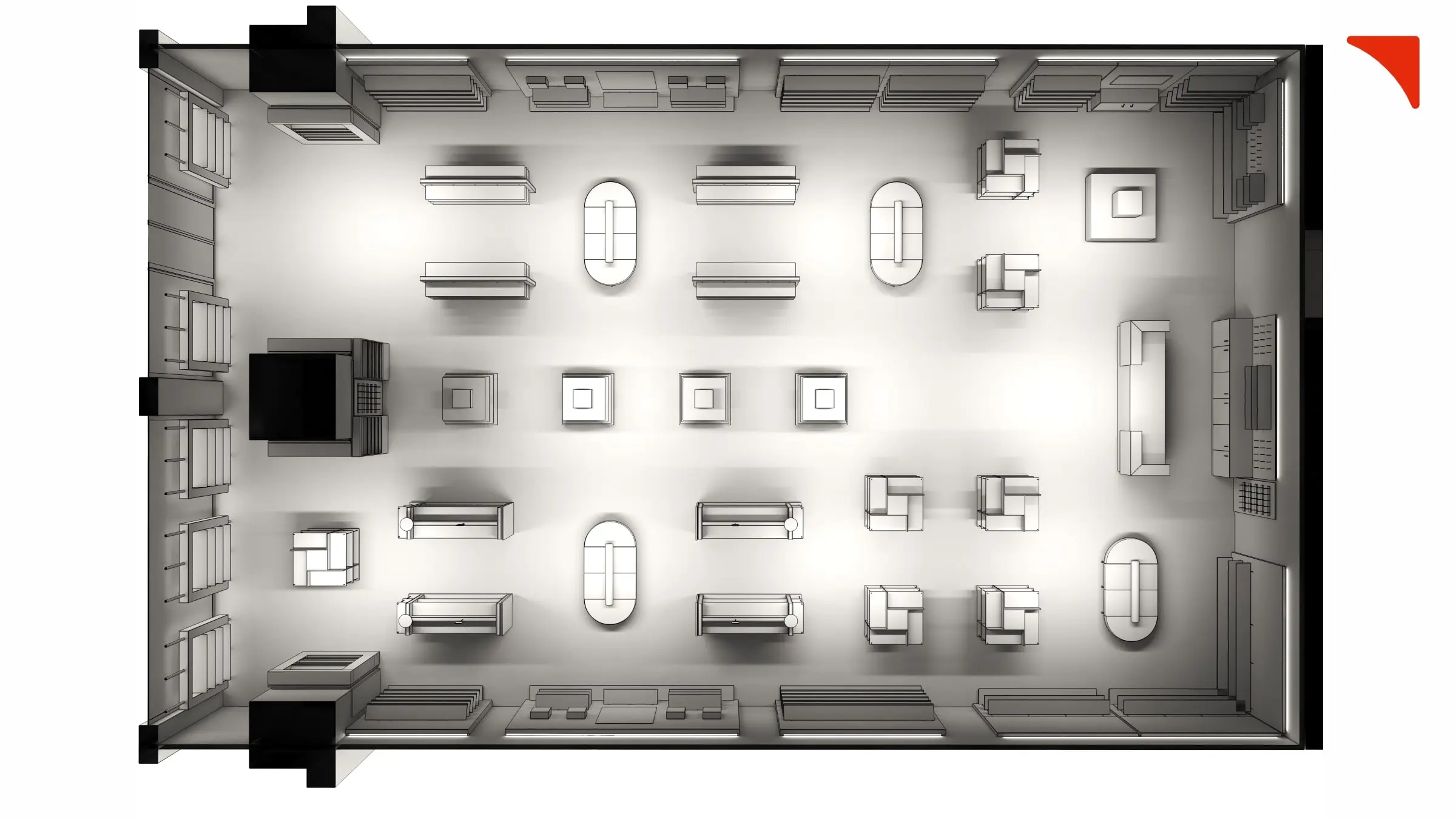
Imagine walking into a store where every step feels intentional. The lighting guides your eyes to premium displays, the aisles seem to anticipate your needs, and before you realize it, your shopping cart is fuller than expected. Well, this is not just a coincidence but instead, it is the art and science of a store layout design that is significantly influencing your purchasing behavior.
In the modern retail scenario, where we constantly witness regular changes in customer preferences and market trends, both ecommerce and physical stores are competing for consumer attention. Considering this situation, strategic layout planning goes beyond improving the aesthetic appeal of the available space. Instead, it is more focused on customer psychology, efficiency, and maximizing revenue.
A store design is rooted in consumer psychology. Every store layout is meticulously created to engage the senses, create a seamless shopping experience, and subtly direct customers toward purchasing decisions. Here’s how:
1. The Decompression Zone: Setting the Stage and Creating a Strong First Impression!
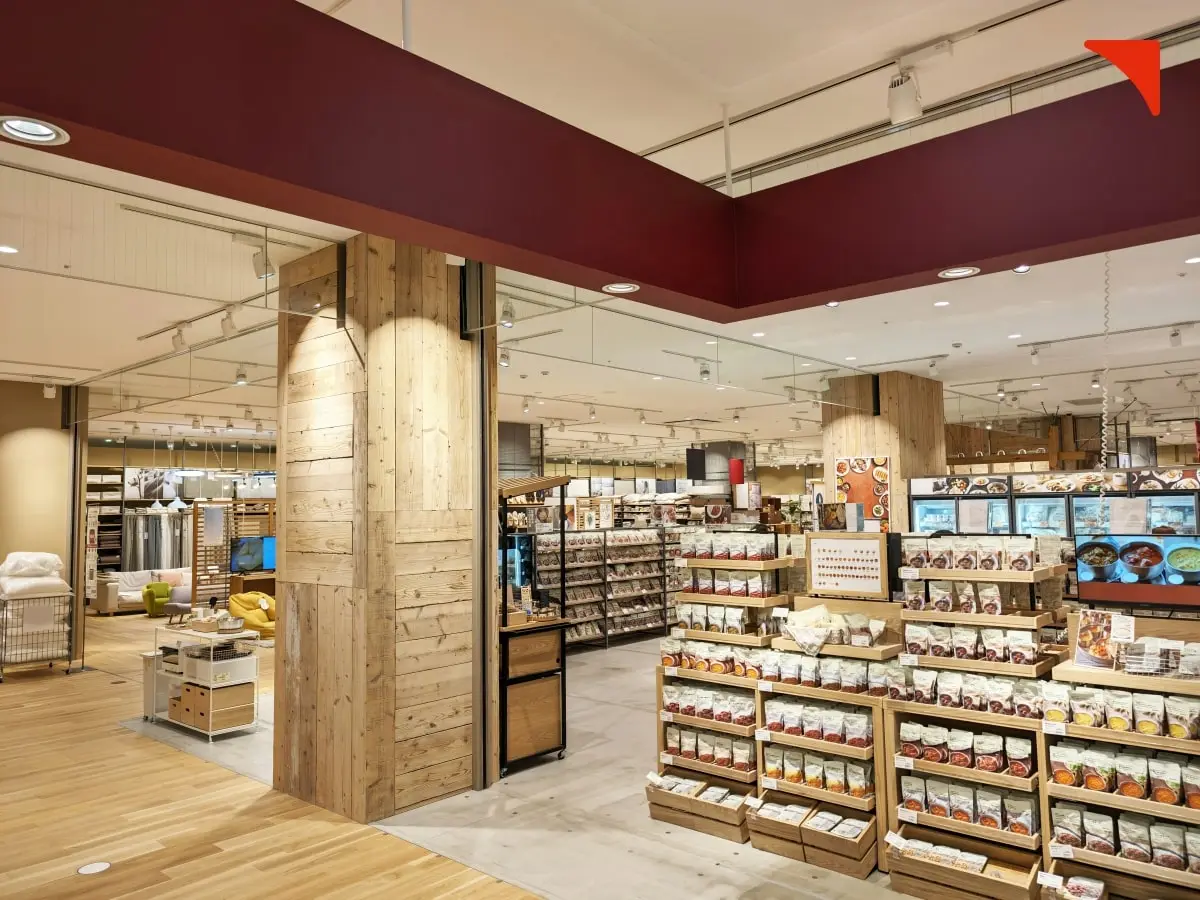
The first few feet inside a store—the decompression zone—is where shoppers transition from the outside world to the store environment. A retail rollout strategy should ensure that this space must be open and inviting, free from immediate product bombardment, allowing customers to acclimate (psychologically respond) and reset their focus. Retail brands that clutter this area with promotions risk overwhelming shoppers, leading to missed engagement opportunities.
2. Navigational Flow: Influencing the Shopper’s Retail Journey!
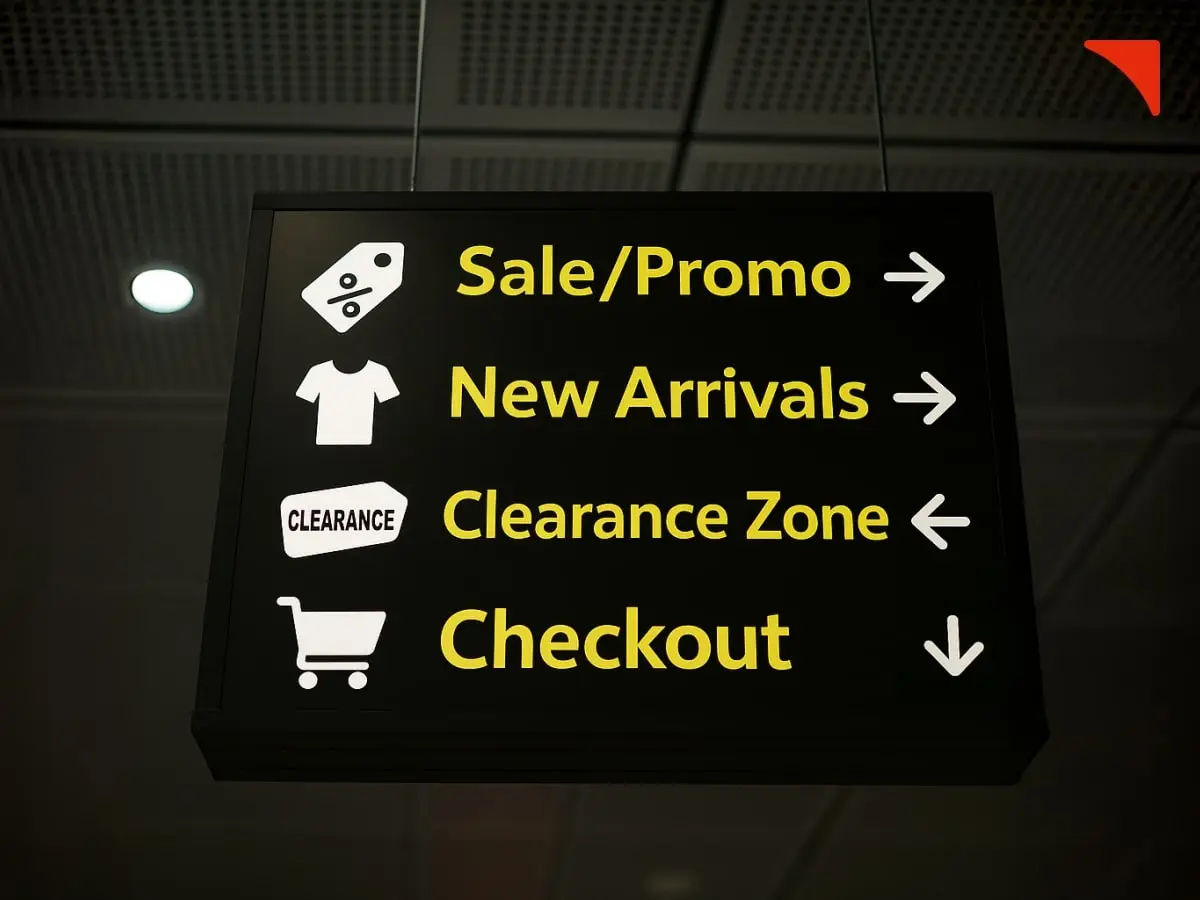
Whenever you enter any retail store, you will notice that most of them will guide you in a counterclockwise direction. Well, what could be the possible reasons behind this? Various studies show that in countries where people drive on the right, shoppers instinctively turn right upon entry. Retail brands exploit this tendency by placing high margin or new products along this path. Doing this directly increases the chance of making impulse purchases.
In addition, implementing strategic structuring on pathways significantly influences browsing behavior as well. Narrow aisles develop a sense of scarcity and exclusivity, further encouraging customers to make quick purchases. On the other hand, wide pathways promote relaxed browsing, further allowing customers to be more open to unplanned purchases.
3. The Power of the “Golden Triangle”
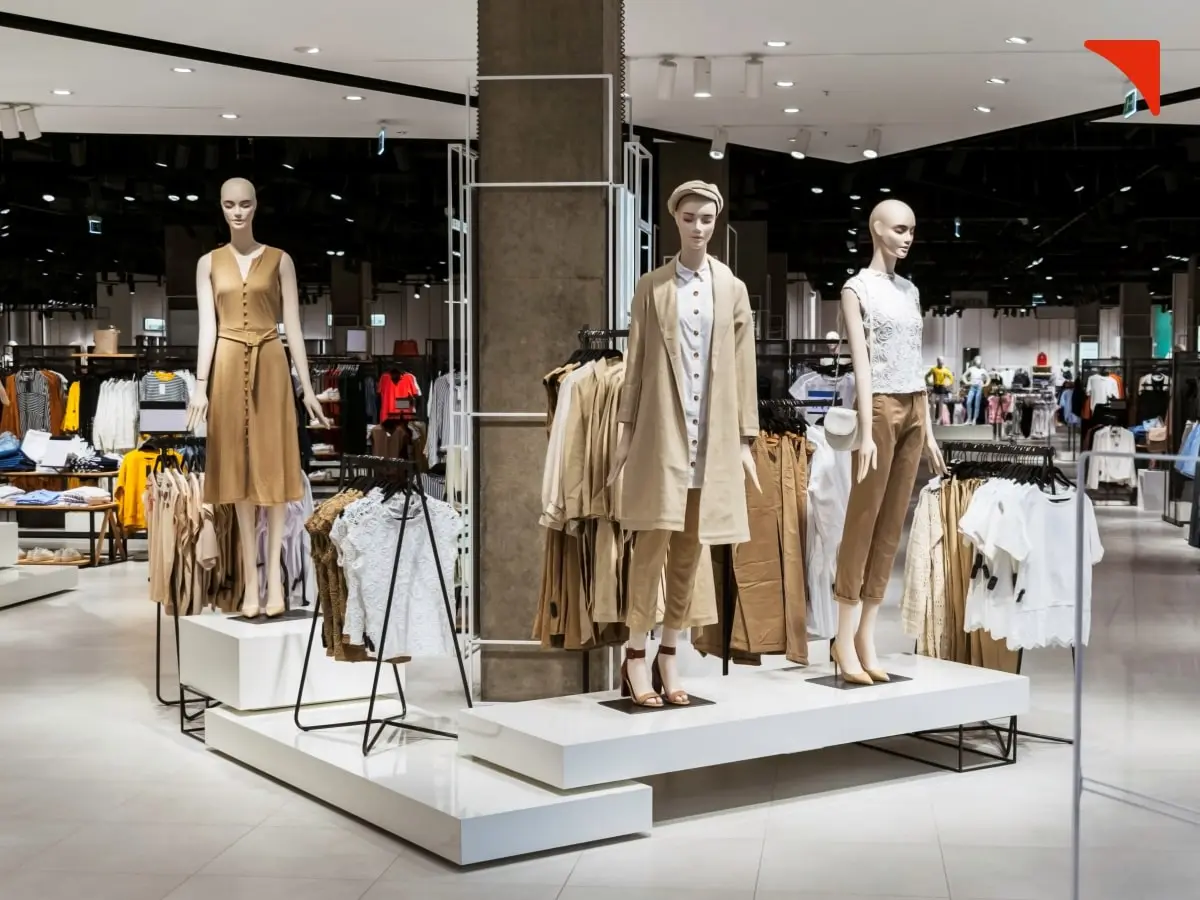
The golden triangle refers to the most trafficked areas of a store. Depending upon the space and type of business, it could be any area but generally includes the entrance, the main aisle, and the checkout zone.
Premium brands and high margin products are strategically placed within this triangle. Doing this ensures maximum visibility and engagement. This is why you will often find seasonal promotions and bestsellers positioned at key intersections.
4. Lighting, Colors, and Atmosphere
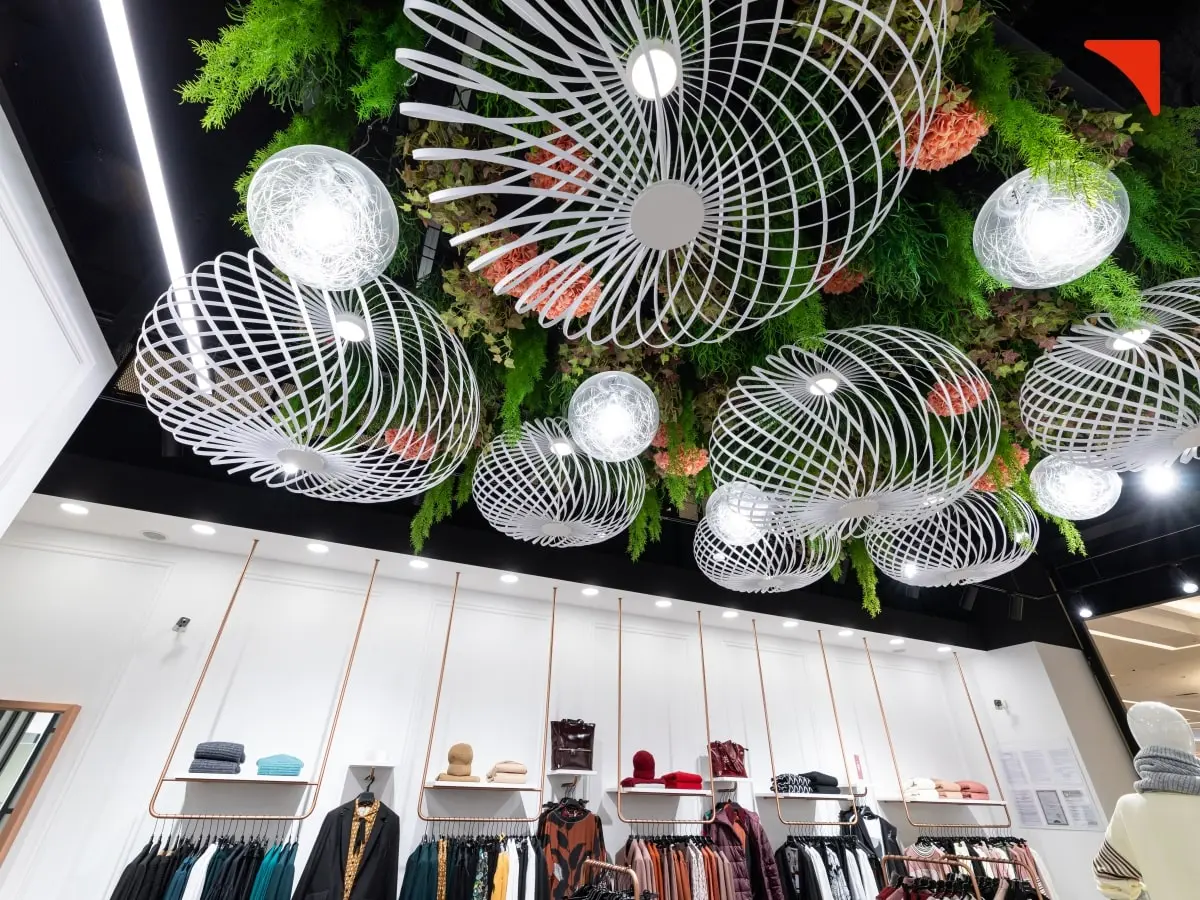
Lighting is an important part of retail rollout strategy and isn’t just about visibility. Instead, it sets the mood and influences shoppers’ emotions. Warm lighting makes shoppers feel comfortable and spend more time browsing. On the other hand, bright, cool lighting in supermarkets promotes quick decision making. Color psychology also plays a pivotal role: red and yellow create urgency (hence, they are used during clearance sales), while green and blue evoke trust and calmness.
5. Soundscapes and Scent Marketing
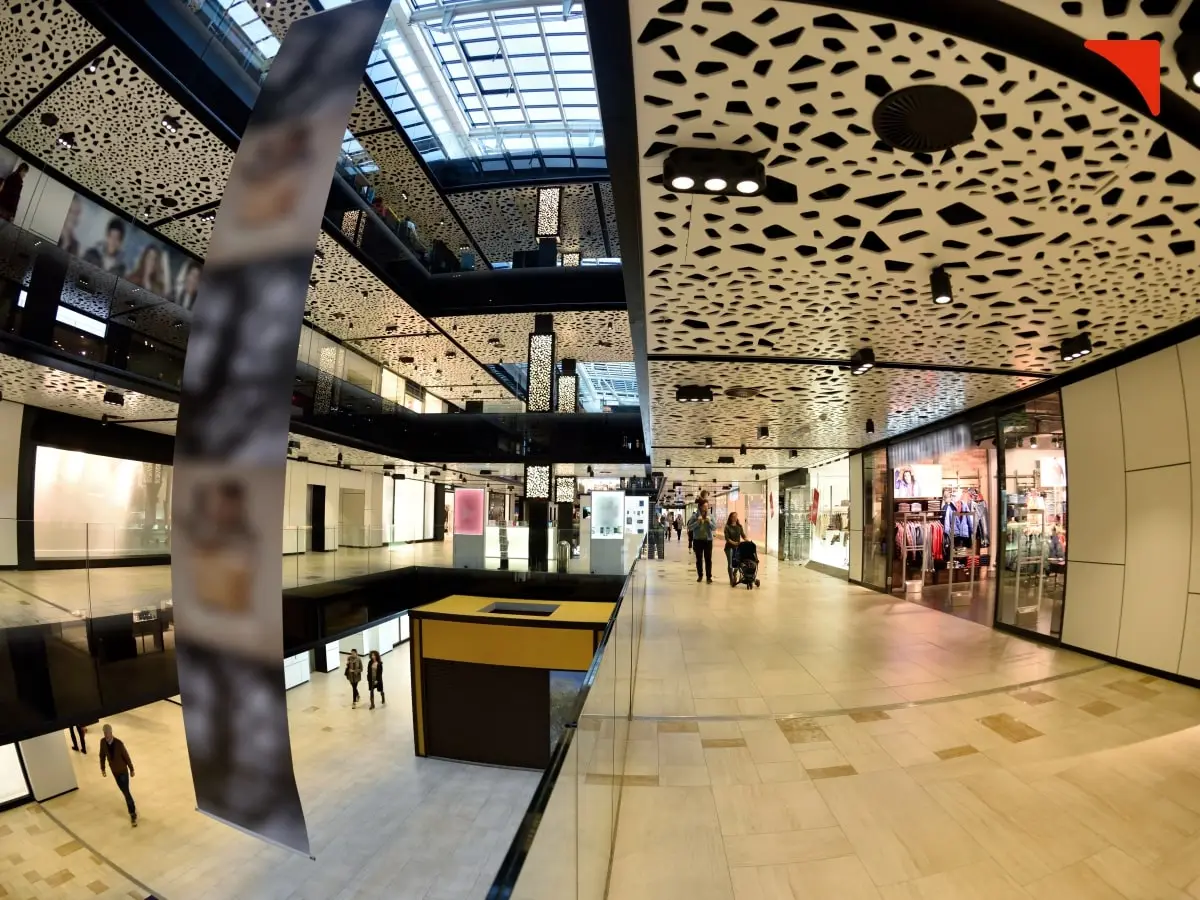
Soft, ambient music slows down the shopping pace. This increases the overall time spent in the store. On the other hand, energetic beats encourage faster decision making and hence, are ideal for high turnover environments.
Scents, too, have a profound impact on purchasing decisions. Bakeries infuse fresh bread aromas in their retail spaces to boost appetite, while luxury brands infuse signature scents to create an emotional connection with their shoppers.
6. Impulse Zones: The Checkout Strategy
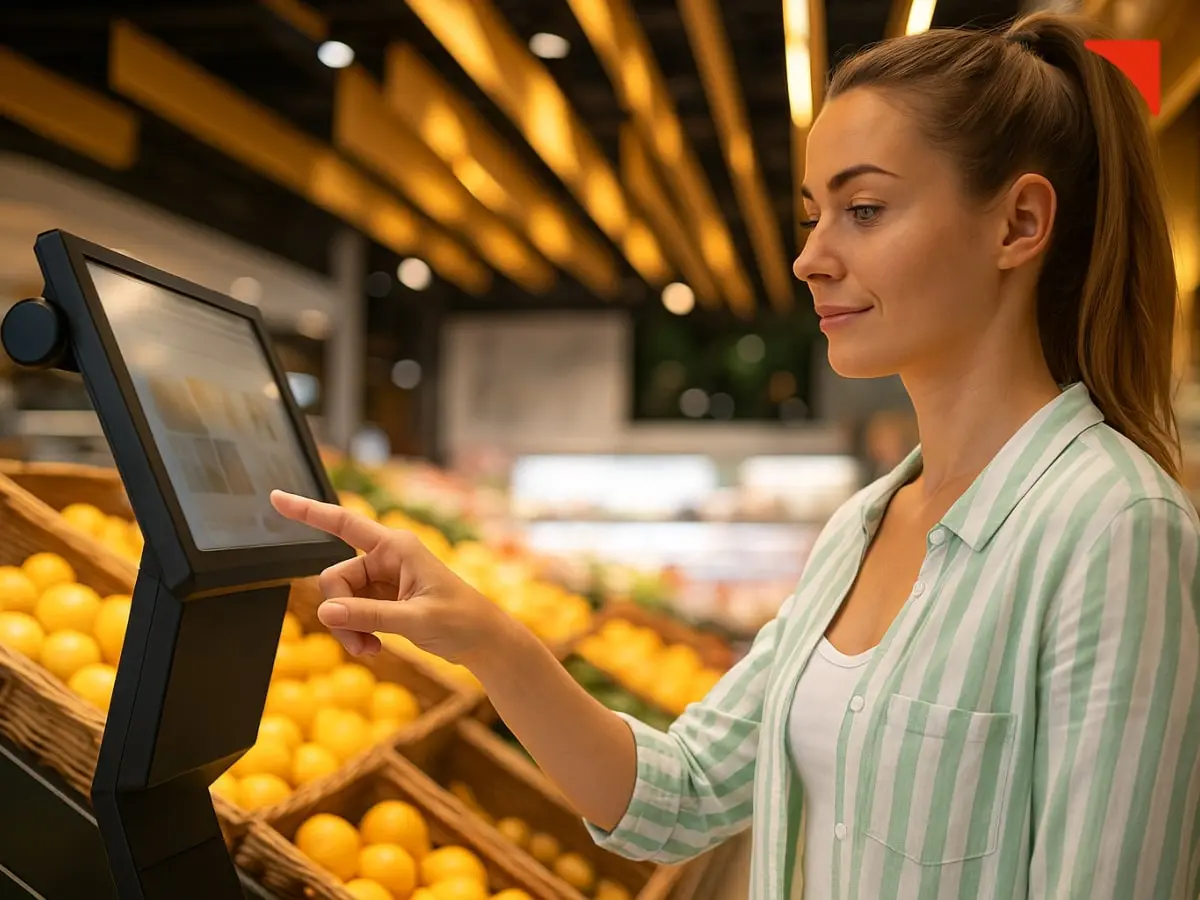
Ever noticed the small, enticing products lined up at checkout counters? These impulse zones are designed to capitalize on last minute buying decisions. Chocolates, magazines, and travel sized essentials thrive in this space, where shoppers justify small, unplanned purchases as ‘treats.’
7. Eye Level is Buy Level
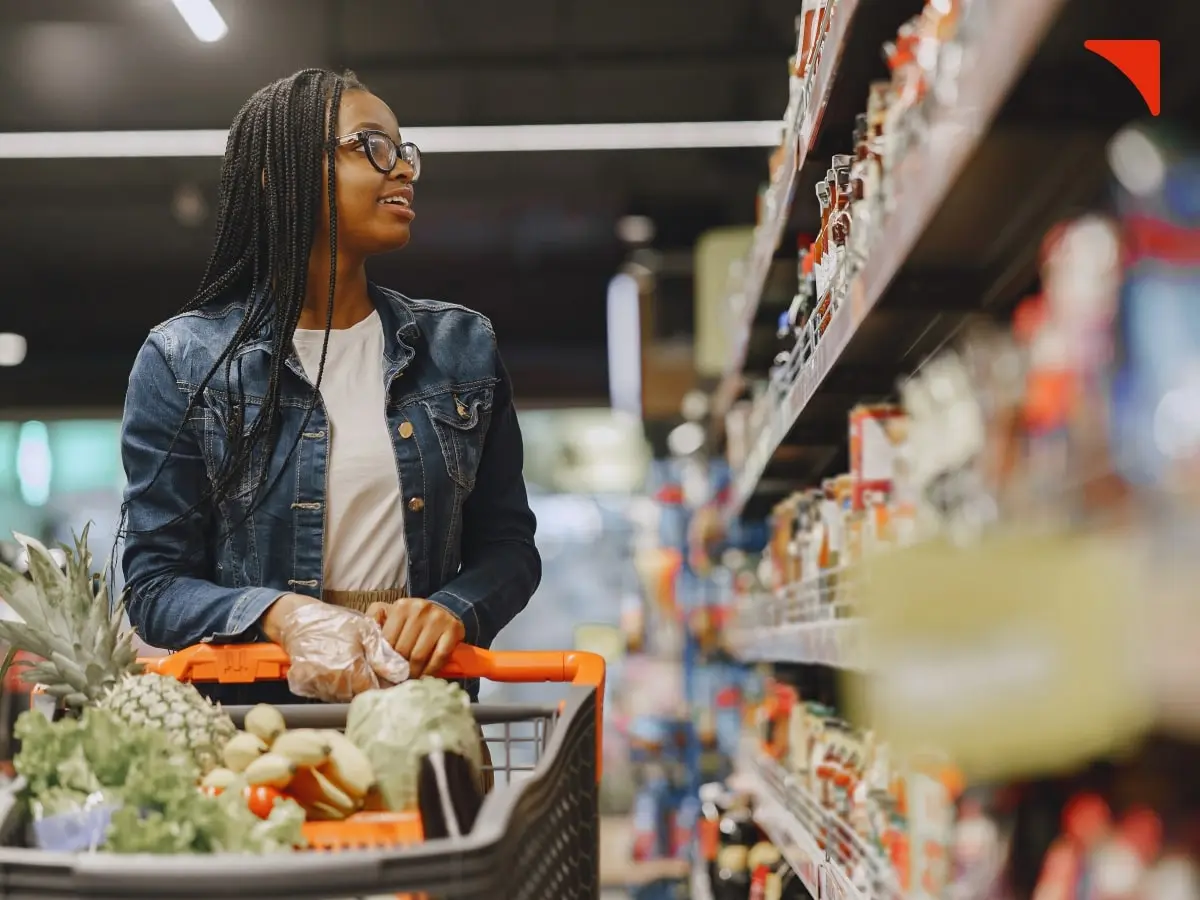
Products placed at eye level enjoy the highest engagement rates. Retailers strategically position high margin or best selling items within direct sight, while lower shelves are often reserved for budget or less popular items. For children’s products, brands deliberately place appealing options at their eye level to attract young shoppers.
8. The Power of Destination Areas
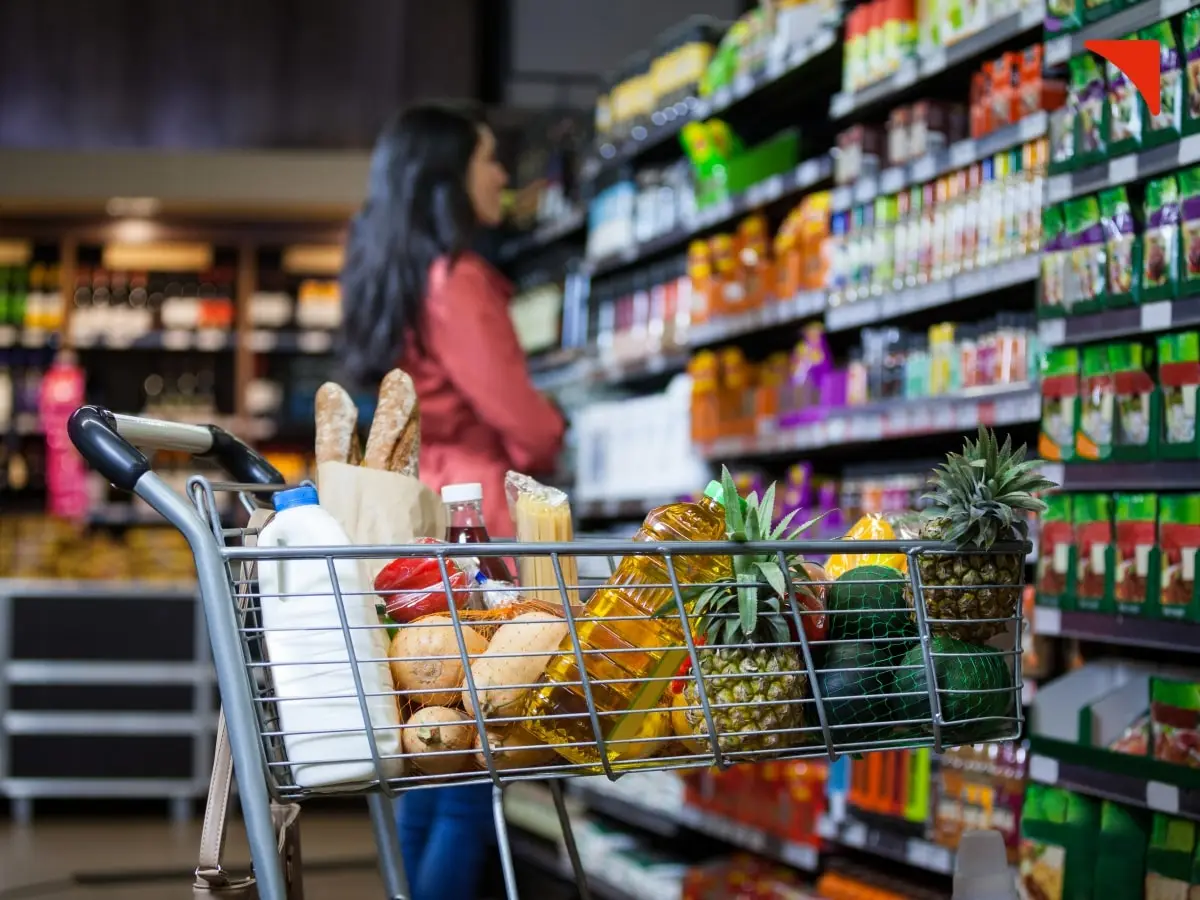
Stores often place essential goods—like dairy products in supermarkets—at the back, forcing customers to navigate through the entire store. This increases exposure to non essential items along the way, leading to additional purchases. Retailers also create ‘experience zones,’ where interactive displays or product trials keep shoppers engaged and in the store longer.
Data Driven Optimization: The Future of Store Layout Design
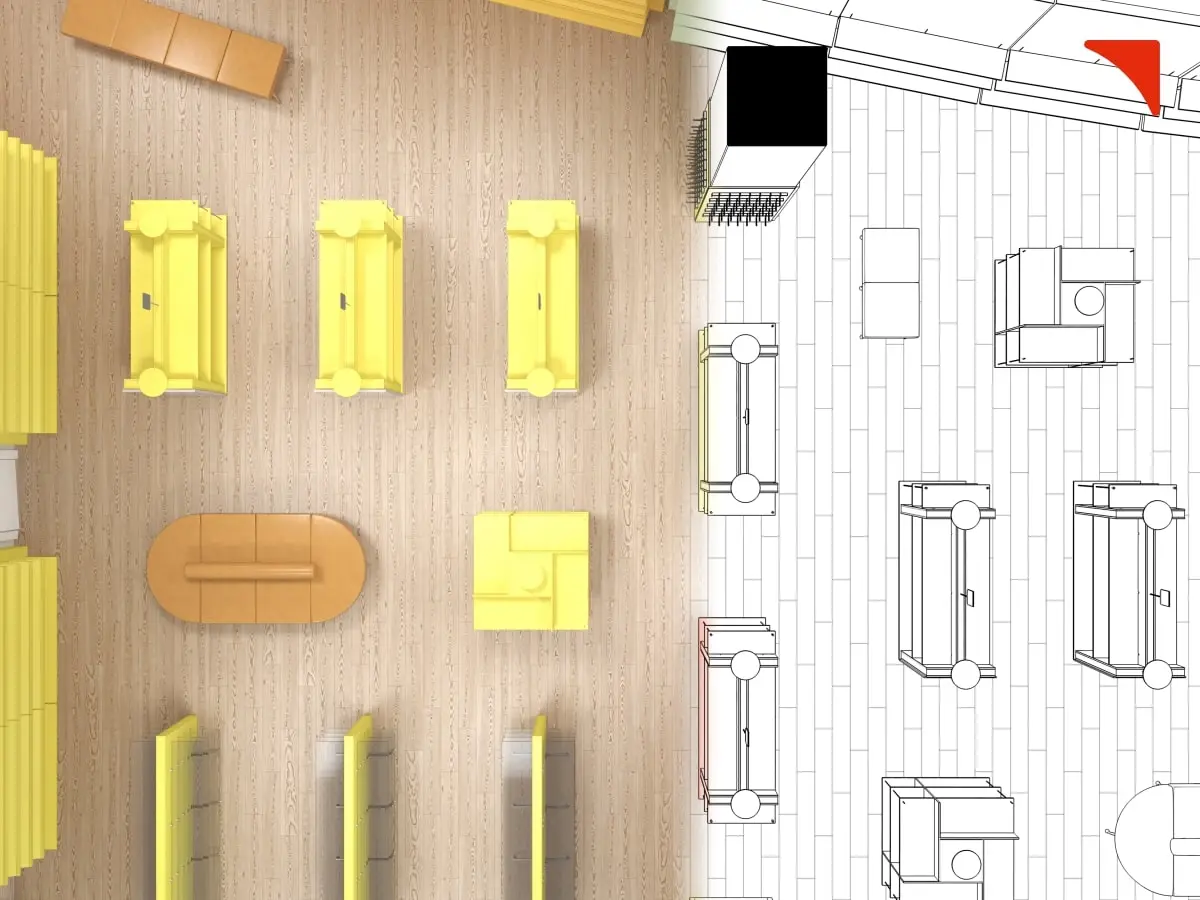
With the rise of AI and data analytics, retailers are no longer relying on intuition alone. Heat mapping technology tracks shopper movement, revealing which areas receive the most foot traffic. Utilizing AI driven planograms in their retail expansion strategies that help optimize shelf placements, while smart checkout systems analyze buying patterns to refine inventory positioning. As personalization becomes the new standard, future store design will dynamically adapt based on real time consumer behavior.
Winding Up
A well designed shop layout is more than just organization. Instead, it’s a silent salesperson that Influences decisions through subconscious signals. Each and every element is strategically placed in order to enhance shopper engagement and drive sales. Hence, brands need to master the art of layout design and create spaces that don’t just appeal to the eyeballs of potential customers but convert them into loyal customers of the brand.
So next time you step into a store and find yourself making unexpected purchases, take a moment to appreciate the subtle yet powerful influence of store design. After all, in the world of retail, every step you take is a step closer to the checkout.